By Al Hemingway
Peering intently through a telescope, General Lemuel C. Shepherd, the commandant of the Marine Corps, scanned the shell-pocked Korean terrain in front of his position. Shepherd had made a special visit to the Korean front lines to obtain a firsthand view of the Main of Line of Resistance (MLR) his Marines were defending. In the early spring of 1952, under orders from the U.S. Eighth Army in Korea, the entire 25,000-man 1st Marine Division had moved from the east-central sector of the country to the western part of I Corps to man positions along the extreme left flank of an area called the Jamestown Line. In early March the Marines, joined by the attached 1st Korean Marine Corps, completed the move. Maj. Gen. John T. Selden, 1st Marine Division commander, now had 32 miles of harsh country to defend.
The Hook
Shepherd, for his part, was concerned about the leathernecks’ difficult assignment. In front of their positions was a small speck of land protruding beyond the MLR like a huge thumb. This seemingly insignificant feature, called the Hook by those who had to defend it, dominated the approach to the vital Samichon Valley. The landscape surrounding the Hook was a defender’s nightmare—steep, rugged hills inundated the countryside. If the Chinese managed to break through the Marines’ lines, they could march unhindered all the way to Seoul, the capital of South Korea. As poor a military position as the Hook was, the Marines had no alternative but to occupy it. In enemy hands, the consequences would be catastrophic. Chinese occupation of the Hook would afford a corridor for the enemy to outflank the right flank and reach the Imjin River. This in turn would not only cut off the Marines from the adjacent 1st Commonwealth Division, but also probably render the entire United Nations position beyond the Imjin untenable.
Throughout the spring and summer of 1952, Marines and other Allied units battled the Communists for the various hills and other important terrain features. These bitter, sharp clashes were dubbed “the outpost battles.” In early October, the 7th Marines occupied the Jamestown Line near the Hook. To keep a watchful eye on their adversaries, the Marines established two small combat outposts, Seattle and Warsaw. On October 2, the Chinese struck at Seattle and seized it. Concerned about the Hook, the defenders decided to create another position dubbed Ronson (so named after a Marine had misplaced his Ronson lighter there after a night patrol) about 275 yards west of the Hook. Warsaw was 600 yards northeast of the salient.
Outmanned and Outgunned
The leathernecks’ main problem was manpower. The Marines, plus attached units, had 5,000 troops to defend the Hook. To alleviate the shortage, “clutch platoons” were organized, using Marine cooks, clerks, and motor transport personnel to perform Minuteman-type assignments. They could quickly be formed into reserve rifle platoons in extreme emergency conditions. The leathernecks were not only outmanned, but they were outgunned. To their front were the 356th and 357th Regiments, 119th Division, and 40th Chinese Communist Forces (CCF). Numbering about 7,000 men, the Chinese also possessed 10 battalions of artillery—something the Marines notably lacked—approximately 120 guns in all. In addition, the Marines also suffered from a severe shortage of 105mm and 155mm howitzer shells.
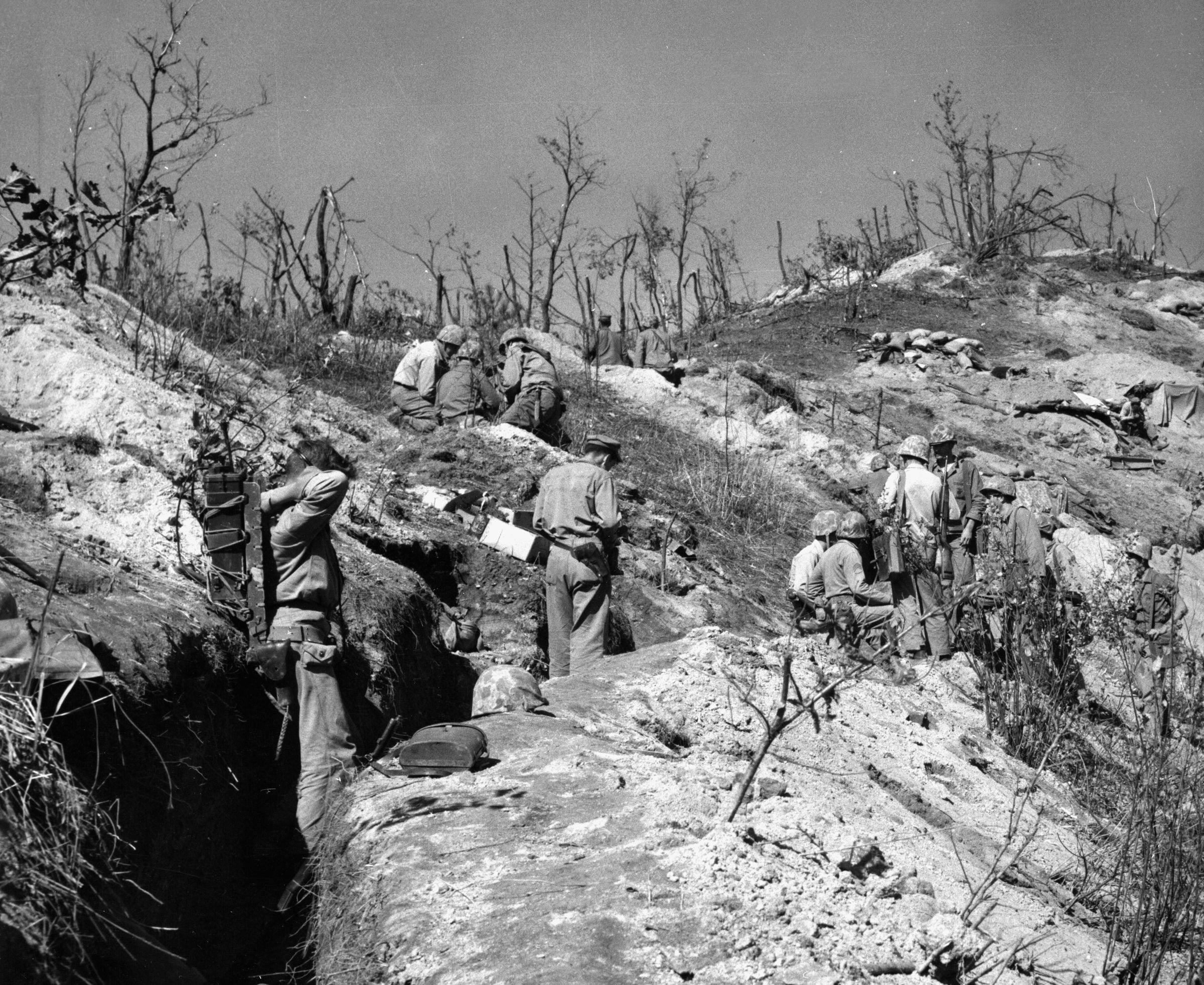
Enemy activity increased dramatically in the last week of October; thousands of artillery rounds were fired on Marine emplacements. Most of the enemy fire was concentrated on the Hook, Warsaw, and Ronson. Marine and Army artillery units responded, trying to silence the enemy guns. Air strikes and tanks guided by forward observers attempted to halt the incessant bombardment. Everyone was braced for the inevitable assault.
On the cold night of October 26, a company from the 3rd Battalion, 357th Regiment attacked Ronson’s small group, raining down mortar and artillery rounds. Trying in vain to hold on, the riflemen responded with automatic weapons fire. It was no use—every American defender was killed. While Ronson was being overrun, a large enemy force from the 9th Company, 357th Regiment descended on Warsaw, which was defended by a reinforced platoon from Company A, 1st Battalion, 7th Marines. Lieutenant John Babson quickly radioed for “box me in” fire (artillery fire that formed a protective shield around the outpost). Despite the heavy shelling, the Chinese penetrated the perimeter. The fighting was hand-to-hand. Just past 7 pm, a clutch platoon was readied to reinforce Warsaw when a radio transmission was received: “We are being overrun.” The outpost was assumed lost. However, just before 8 pm another message requested variable-time fuses to be detonated over the imperiled position. This was the last word heard from the defenders of Warsaw. Only three Marines survived the Communist attack.
As the two outposts were being decimated, a massive bombardment saturated the Hook itself. “Some 34,000 rounds of CCF artillery were used to soften the position before seizure,” Lt. Col. Norman Hicks wrote, “and when the enemy assault came, there were few able to resist.” Captain Paul Byrum’s Company C, 1st Battalion, 7th Marines guarded the important hill. He decided to reconnoiter the ridgeline after receiving a call from Ronson that they were being overrun. He and a sergeant were forced to split up because of the Communist mortar barrage. The sergeant was later killed, and Byrum was buried four times with dirt from near misses.
The Chinese Advance
At exactly 7 pm, the Chinese converged on the Hook in a classic three-pronged maneuver. In less than an hour the enemy had reached the main trench line of Charlie Company. “They were coming over the ridge, gangs of them yelling and blowing horns,” said Pfc. James Yarborough. “They had a horn that sounded like a milk cow. We couldn’t get our guns to work, and we only had two hand grenades. I threw one and my buddy had the pin pulled and was ready to throw the other when he got hit. I threw it.”
Yarborough and his friend managed to emerge from the bunker and lay motionless near the concertina wire on the perimeter. “I lay there and watched the bunker about two and a half hours,” he recalled. “My buddy was still close to it. Finally they came out and it looked as if they were going to shoot him. I still had my carbine and I fired to scatter them. Somehow I got through the wire. My buddy, he got away too.”

Chinese infantrymen breached the wire and infiltrated the trenches. A forward observation team from Battery F, 2nd Battalion, 11th Marines directed accurate fire on the enemy attackers. When they lost communications, 2nd Lt. Sherrod Skinner, Jr., directed his men to leave the bunker and continue to fight. Trapped by the overwhelming enemy numbers, he organized a makeshift defensive position and poured fire into the advancing Communists. During the intense combat, Skinner was struck twice while attempting to replenish the machine-gun squads with ammunition and grenades.
Despite their heroic stand, the Marines were outnumbered by the Chinese. Skinner ordered everyone back to their bunkers. Corporal Franklin Roy and Pfc. Vance Worster killed a dozen enemy soldiers before depleting their ammunition. Skinner felt their only hope was to play dead. As the men lay motionless, the enemy searched them. As they were departing, they tossed chicoms (Chinese hand grenades) into the bunker opening. One of the projectiles peppered Worster’s legs with shrapnel. Skinner rolled over on another one, taking the full brunt of the explosion, which killed him instantly.
Although wounded several times, Roy crawled from the sandbagged bunker and discovered a box of hand grenades. He began lobbing them at the enemy until he exhausted his supply. He finally made his way to friendly lines and informed them of what had happened. Unknown to Roy, Worster had already succumbed to his wounds. Skinner was awarded a posthumous Medal of Honor, and Roy and Worster received Navy Crosses for their bravery.
The determined attack on the Hook soon forced Charlie Company from its positions. By dawn, the Communists had gained a toehold on the Hook. Marine historian Lt. Col. Robert Heinl, Jr., present during the battle, later commented, “Soon it was apparent that a serious situation confronted the 7th Marines. This was clearly reflected in the faces and demeanor of the regimental commander and executive officer. Enemy fire was unceasing, and his attack continued.” What remained of Charlie Company had climbed a crest overlooking the Hook and began firing down on the occupants. A platoon from Able Company, originally slated to go to Warsaw, joined them there, keeping the Communists in check and preventing their advance.
Retaking the Hook
More reinforcements were needed, however, if the enemy was to be driven from the Hook. Captain Fred McLaughlin’s Able Company, 1st Battalion, 7th Marines was tapped to link up with Charlie Company and retake the all-important position. McLaughlin had just minutes to devise a plan of attack. He told Lieutenant Stanley Rauh to take a platoon, dig in on the left flank, and deliver as much firepower as possible to create a diversion. Meanwhile, he would take the remaining force of approximately 150 men around the right flank.
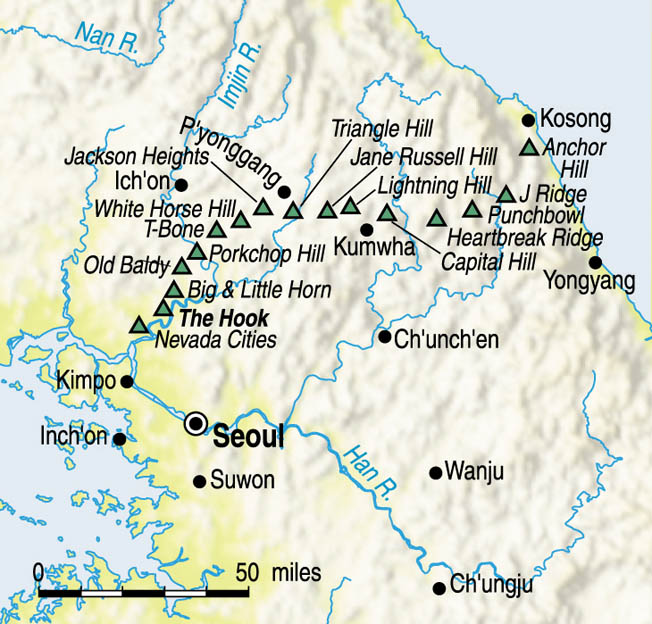
Just before daylight, Rauh’s men moved out. As the Marines made their way toward the Hook, the Communist shelling became heavier. When their radio was destroyed by enemy fire, Rauh grabbed a tank’s infantry phone in the rear of the tracked vehicle. Suddenly a white phosphorous round impacted close to them, and Rauh and a sergeant were wounded. The intense heat from the shell fused shut the bolt on Rauh’s carbine and scorched his hands. Because of the lack of water, his men urinated on his hands to stop the burning.
Reaching the command post, Rauh found Byrum still alive. He set out to rescue several isolated pockets of trapped Marines who had been fighting all night. Pfc. Enrique Romero-Nieves picked up an armful of hand grenades and singlehandedly assaulted an enemy bunker. When a bullet shattered his arm, he continued his advance using his belt buckle to pull the pins from the grenades as he moved forward. He survived to be presented a Navy Cross.
Marine and Army rounds began impacting on Warsaw to prevent the enemy from using the position as a forward observation point. Heavy fighting continued at the Hook as Marine tanks positioned themselves on any flat surface they could find and pounded the Chinese now holding fortifications that had been held by the leathernecks a few hours before. Fighter aircraft strafed and napalmed enemy troops attempting to reinforce the Hook from the former Marine outpost on Warsaw. In spite of the superb support, the battle was far from over. The enemy displayed no signs of retreating from the Hook. Rauh recalled: “Communications on the hook were terrible due to the incoming, the terrain and the general confusion of battle. At one point I was talking to the battalion by radio not three feet away from and facing my radioman when a grenade landed on his chest, killing him—I didn’t get touched—only severely jarred. A few moments later a mortar fragment tore the flesh off above my knee.”
The situation at the Hook was desperate. Colonel Thomas C. Moore, Jr., 7th Marines commander, had no choice but to release his last reserve company. Realizing that Able Company and the remnants of Charlie were too weak to push the enemy off the Hook, Moore decided to send in Company H, 3rd Battalion. The enemy, now consolidating forces and moving on the adjacent Hill 146, had to be stopped.
While the beleaguered Marines were immersed in bitter fighting to regain the Hook, the CCF hurled themselves against the nearby outposts of Carson-Reno-Vegas. Defending these positions were elements of the 2nd Battalion, 7th Marines. A patrol from Company E had just set up an ambush when two CCF companies, moving to attack Reno, wandered into their fields of fire. Just as the enemy was about to advance, the riflemen opened fire, catching the Communists completely by surprise. A few hours later the Chinese returned in force, assaulting the Marines’ perimeter in waves. As the enemy pressed forward, the leathernecks took shelter in their reinforced bunkers while artillery from the 11th Marines caught the CCF units in the open, forcing them to retreat. Reno had been saved.
In the predawn hours, How Company slowly made its way toward the Hook. At 8 am, Captain Bernard Belant ordered his company forward. Leading the charge was 2nd Lt. George H. O’Brien, Jr., from Fort Worth, Texas. With his platoon following him, he zigzagged down the slope toward the main trench line. A burst from an enemy rifle struck him in the arm, slamming him to the ground. Undaunted, O’Brien leaped to his feet and continued the assault. He tossed hand grenades in enemy bunkers as he urged his men on.

One eyewitness account of O’Brien’s actions that day noted, “Five gooks jumped out of nowhere and went for O’Brien. The guy must have had tremendous reflexes, because he dropped all five. He was also wounded, but did this stop him? Hell, no! He continued to lead his platoon. He must have been a hell of an officer.” For four hours O’Brien’s platoon held off the Chinese. When they could advance no farther, the platoon formed a defensive perimeter and waited for any enemy counterattack. O’Brien remained with his men until they were relieved by a fresh unit. For his actions at the Hook, O’Brien later would have the Medal of Honor draped around his neck by President Dwight D. Eisenhower.
In spite of the valorous attempts to retake the Hook, the enemy still held onto it. On the morning of October 27, Company I, 3rd Battalion, 1st Marines was told to move up and attack. With artillery support from the 11th Marines and additional firepower from four Corsairs, the first platoon had made it to the crest and by mid-afternoon the entire company was advancing. A company of CCF troops was pouring rifle and automatic weapons fire at the leathernecks, who literally had to crawl toward their objective. Chinese gunners were also delivering devastating fire on the regimental command post.
By 5 pm, Item Company Marines had fought their way to the trenches but were forced to pull back when the Communists opened an overwhelming broadside of machine-gun and rifle fire. Most of the riflemen sought refuge on the reverse slope to avoid being caught in an enemy barrage. By nightfall, Company B, 1st Battalion, 7th Marines was assaulting the enemy trenches at the Hook on the left of Company I. Baker Company infantrymen found it tough going as they reconnoitered the many shell craters that dotted the battle-scarred landscape to reach their jumping-off point and strike at the enemy.
Just past midnight on the 28th, the Marines charged, blasting the Chinese with small-arms fire. A flurry of chicoms met the attackers head-on. Throughout the night, Marine artillery hammered the CCF units. By dawn the Hook was taken. Captain Fred McLaughlin, in charge of retrieving any dead and wounded after the battle, later remembered, “I went around an abandoned trench line at one point and there was a face looking at me from the side of the hill. It was just like it was painted on the side of the hill. It was a Chinese trooper who had been blown into the side of the hill, just the face. We dug these people out. I don’t know how many. It seems to me that over a period from 0800 in the morning until 1500 in the afternoon, we probably located 40-50. Most of them were Chinese but we did recover quite a number of American boys who had given their lives up there on that awful hill that day.”
After the savage fighting to seize the Hook, General Mark W. Clark, commander of Allied forces in the Far East, penned a letter to Secretary of Defense Robert Lovett admonishing the Department of Defense for the shortage of artillery shells. The following year, Congress conducted a series of hearings to explore the situation. It was too late for the young men who had died at the Hook. The penetration by the Chinese of the MLR and the capture of the Hook for 36 hours was the first time the enemy had held any Marine outpost for a long time. In the end, the Chinese paid dearly for their incursion, losing 494 killed and 370 wounded. Marine losses were significant as well, with 82 killed, 386 wounded, and 27 missing. The Chinese, however, were determined to capture and hold the valuable piece of land at any price. Soon they would return.
Another Chinese Assault
On November 3, Company D of the 1st Black Watch Regiment and the Canadian Princess Patricia Light Infantry relieved the Marines. Lt. Col. David Rose, commanding officer of the 1st Black Watch Regiment, immediately set out to rebuild and reinforce the fortifications on the Hook, Ronson, Warsaw, the Sausage (a ridge near Hill 121), and Hills 121 and 146. Although the Jocks (slang for British soldiers) did not particularly like their new assignment of digging improved trenches, Rose realized the importance of the task. An improved barbed wire system was installed and communication units laid a new complex pattern of wireless sets and field phones, in some cases doubling and even tripling the number to enhance communications in the event of another attack.
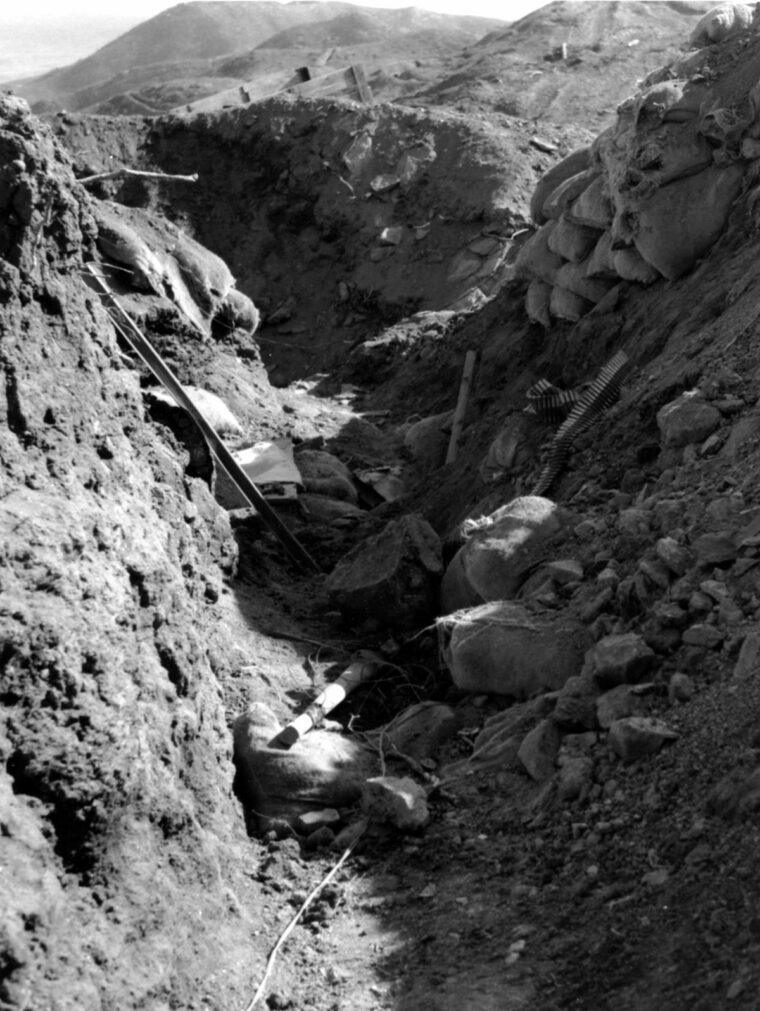
Rose’s elaborate plan was only half completed when, on the night of November 18, Chinese soldiers were spotted by sentries at Warsaw. The enemy quickly overran Warsaw and assaulted the Hook. From their positions at Yong Dong, about 2,500 yards away, machine gunners from the Duke of Wellington Regiment supported the Black Watch by firing on fixed lines across the Samichon Valley and over the heads of the Black Watch. In the end, the Dukes expended over 50,000 rounds in 11 hours. Private Neil Deck of the 3rd Battalion, Canadian Princess Pats later recalled, “In total, we were on the Hook three nights that time. On the second and third nights, I dug the trench deeper as it had been destroyed by the shelling. It was cold and the ground was frozen, so I used a pick when I heard a hissing noise coming from the bottom of the trench. I reached down and felt some cloth. Pulling on it, I realized it was a coat with a body inside. It was one of the British. He was bloated and the noise I heard was the air coming out of him after I had punctured him with the pick. I got sick to my stomach again.”
The Chinese withdrew, but a short time later the all-too familiar sound of a bugle pierced the night air as the enemy swarmed back over the Hook with a vengeance. The Jocks of the Black Watch were forced to pull back under the sheer weight of the advancing Chinese. With the support of the Centurion tanks from B Squadron, the Royal Inniskilling Dragoons finally drove off the CCF soldiers, and the Hook was once again in Allied hands.
After a two-month respite, the Black Watch returned to the Hook in January 1953. Companies were deployed to Hills 121 and the Sausage. One company from the Dukes established headquarters on Hill 146. Nothing changed as the Chinese artillery kept up the tempo with steady bombardments. Their guns, secreted in the sides of hills, were pulled out to fire and then rolled back to be hidden away from U.N. spotter planes.
“The Black Watch Do Not Withdraw”
In the spring, the Hook exploded in colors as the fields came alive again with flowers and weeds. There was no time, however, to admire the scenery. On May 7, 1953, an observation plane was shot down as it was attempted to locate Communist artillery pounding Commonwealth positions on the Hook and surrounding hills. The Jocks on Warsaw saw CCF units massing for an apparent assault. After ordering a withdrawal from Warsaw, Rose radioed for artillery support. Corps artillery sent 72 eight-inch shells screaming into the enemy troops. This seemed to take the wind out of the Chinese for the moment.
By 2 am, the Communists were back. This time the British soldiers from Ronson anticipated the enemy’s intentions. The Chinese were cut to pieces as the 20th Field Regiment sent proximity-fused high-explosive rounds and three-inch mortar shells near Ronson. Turkish units assisted the Black Watch with additional support. Fearing that the British unit had been overrun, an English-speaking Turkish officer telephoned the Black Watch CP and talked to Lt. Col. Rose. “How, many casualties have you?” the Turkish officer asked. “A few,” replied Rose. “Have you withdrawn?” the officer asked. “The Black Watch do not withdraw,” snapped Rose.
Rose, however, was close to being overrun; the Chinese had managed to crawl to within a mere 20 yards of his forward trench line. One machine gun nest, manned by Black Watch privates, let loose 7,500 rounds at the enemy hordes. After a fierce counterattack, the Black Watch drove the enemy back. On May 12, the battered Black Watch was relieved by elements of the Duke of Wellington’s Regiment. In addition, two troops from C Squadron, 1st Royal Tanks brought their Centurions up for additional punch in the event of another attack.

As the night progressed, Chinese loudspeakers kept up a constant haranguing, warning the Dukes that they would be ousted from the Hook by an overwhelming CCF force. At 11 pm on May 17, the enemy was heard approaching the Hook. An artillery barrage made them retreat, and in the ensuing action a CCF soldier was captured. He relayed the unpleasant information that the Dukes were outnumbered five-to-one and that another major assault was imminent. For the following 10 days, the Communists and the Dukes were in a constant sparring match. Patrols from both sides were dispatched to learn each other’s intentions. Sometimes they would engage in brief but hot firefights. Artillery duels were a daily occurrence. “Bunker life was particularly unsavory with having to share one’s abode with rats, mice and other vermin and being inundated with various insecticides and smells of petroleum-burning heaters in a confined underground situation,” recalled Lieutenant Alec Weaver of the 2nd Royal Australian Regiment (RAR) of his tour of duty on the Hook.
In the darkness on May 29, approximately 100 Chinese infantrymen attempted a lateral approach from Hill 121, trying to capture Ronson. They were spotted and annihilated as they tried in a vain attempt to charge, and 30 mangled bodies were on the wire the next morning as testimony to the futility of the attack. During this period, more than 37,000 shells were fired from British guns. In addition, an unbelievable 10,000 mortar rounds were discharged, as well as 500,000 rounds of small-arms ammunition. One American howitzer let loose an illumination round every two minutes for seven hours. When the full extent of the devastation on the Hook was revealed, 10,000 Chinese shells had ploughed the terrain into six-foot furrows and leveled it like a well-worn football field. Hundreds of Chinese had been killed and thousands wounded. The Dukes had lost 28 killed and 121 wounded and 16 missing. For their heroic defense of the Hook, the Dukes were presented with a battle honor for their colors that read: “The Hook 1953.” Headquarters Company of the 1st Battalion was even renamed Hook Company.
Nearing Armistice
The war, unfortunately, was not over—peace talks between the two sides were painfully slow. Realizing that a truce was near, the Chinese were determined to seize as much terrain as possible, and the Hook was high on their list. Another series of attacks against the Hods and the surrounding hills was planned. Throughout the month of July, the Chinese stepped up offensive operations near the Hook. Boulder City, a Marine outpost, came under heavy attack as well. On the night of July 24, Chinese forces with orders to fight to the last man moved against Hills 111 and 119. Company H, 3rd Battalion, 7th Marines was tied in with a machine-gun section from the 2nd RAR led by Sergeant Brian C. Cooper.
In an area designated Betty Grable, the enemy began to form. Allied artillery hammered them as they readied themselves for the coming attack. The CCF units descended on Hill 111 and were soon in the trenches fighting hand-to-hand. British artillery sent scores of high-explosive rounds toward Hills 111 and 119. The machine-gun section from the 2nd RAR on the leathernecks’ right flank also provided timely support. “The scream and thud of incoming artillery and mortar fire was constant,” wrote Private Ron Walker of the 2nd RAR, “the only difference being the closeness of the burst. Whilst being showered with lumps of dirt and debris I waited for the one burst that might be destined to silence me forever.”
Fighting also erupted on Hill 121 as action continued for the next several days on almost every hill and outpost. “Medium shells sounding like express trains passed over us with plenty of crest clearance,” wrote Bruce Matthews of the New Zealand 16th Field Regiment. “But right above our heads 16th Field’s 25-pounder shells were just clearing our crest. An occasional shell exploded over us. Toward midnight, the tempo of the artillery eased off. The U.S. Marines still had an intact line.” After the battle was over, a young British officer from one of the artillery units that had supported the Marines visited their regimental headquarters. He read to the amazed leathernecks the long list of the different types of rounds that had been fired in their behalf. When he finished, the Marine staff was astounded at his flawless rendition. He then smiled and said, “But I am authorized to settle for two bottles of your best whiskey.”
On July 27, an armistice was signed, ending the Korean conflict. Search parties combed the area around the Hook for any dead, wounded, or missing. Lieutenant Weaver of the 2nd RAR remembered, “The carnage was awe inspiring and the stench overbearing. It was a great relief to be able to leave our battered trenches and the horrific scene.” Sadly, the heroic actions of those who fought so bravely on the Hook have been swept into the dustbin of history. But for those who were there, it remains as vivid today as it did more than 50 years ago. Survivor Ron Walker summed it up best: “There was a certain reluctance to leave, as if a certain something had been left behind and more time should be spent looking for it.”

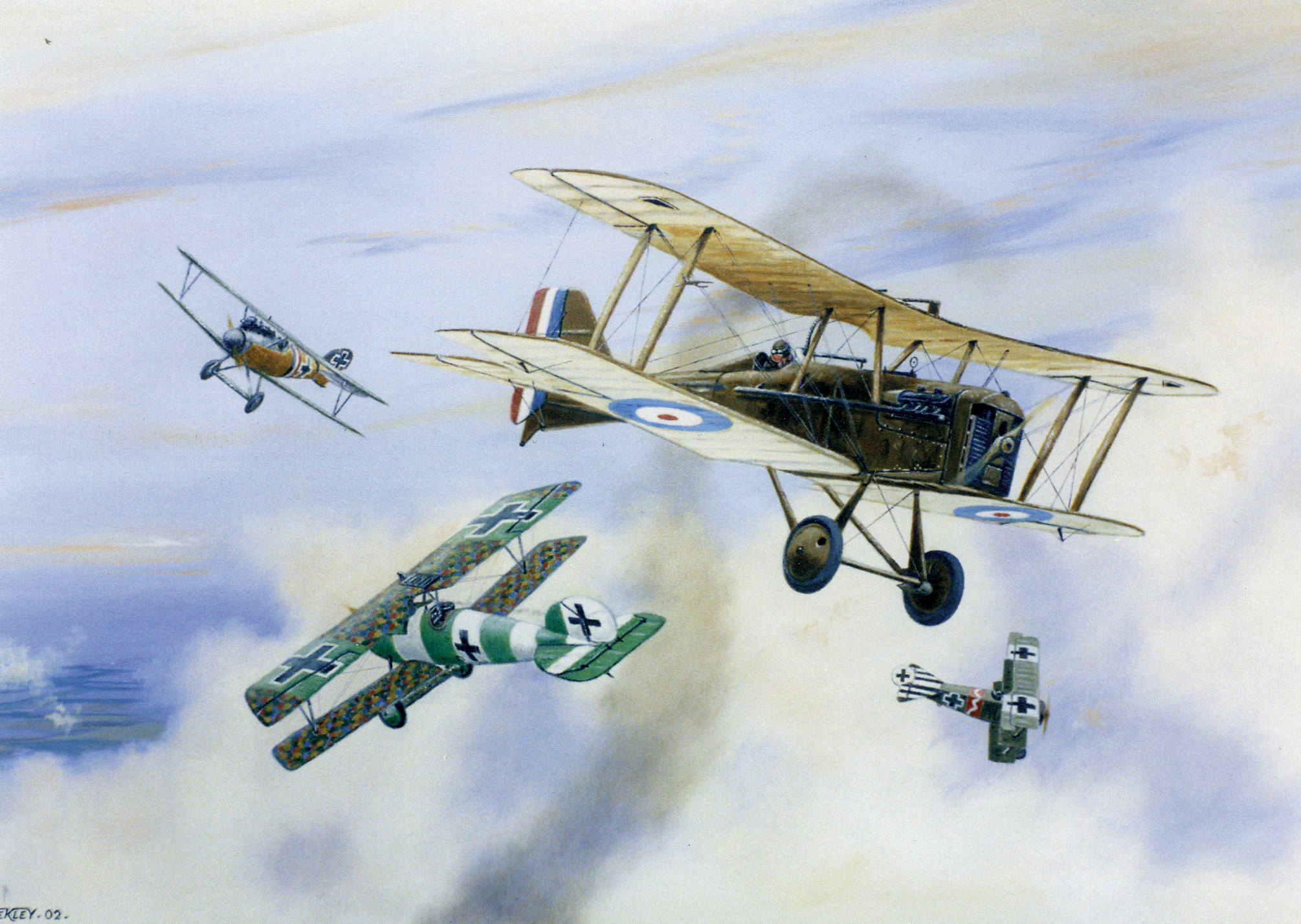

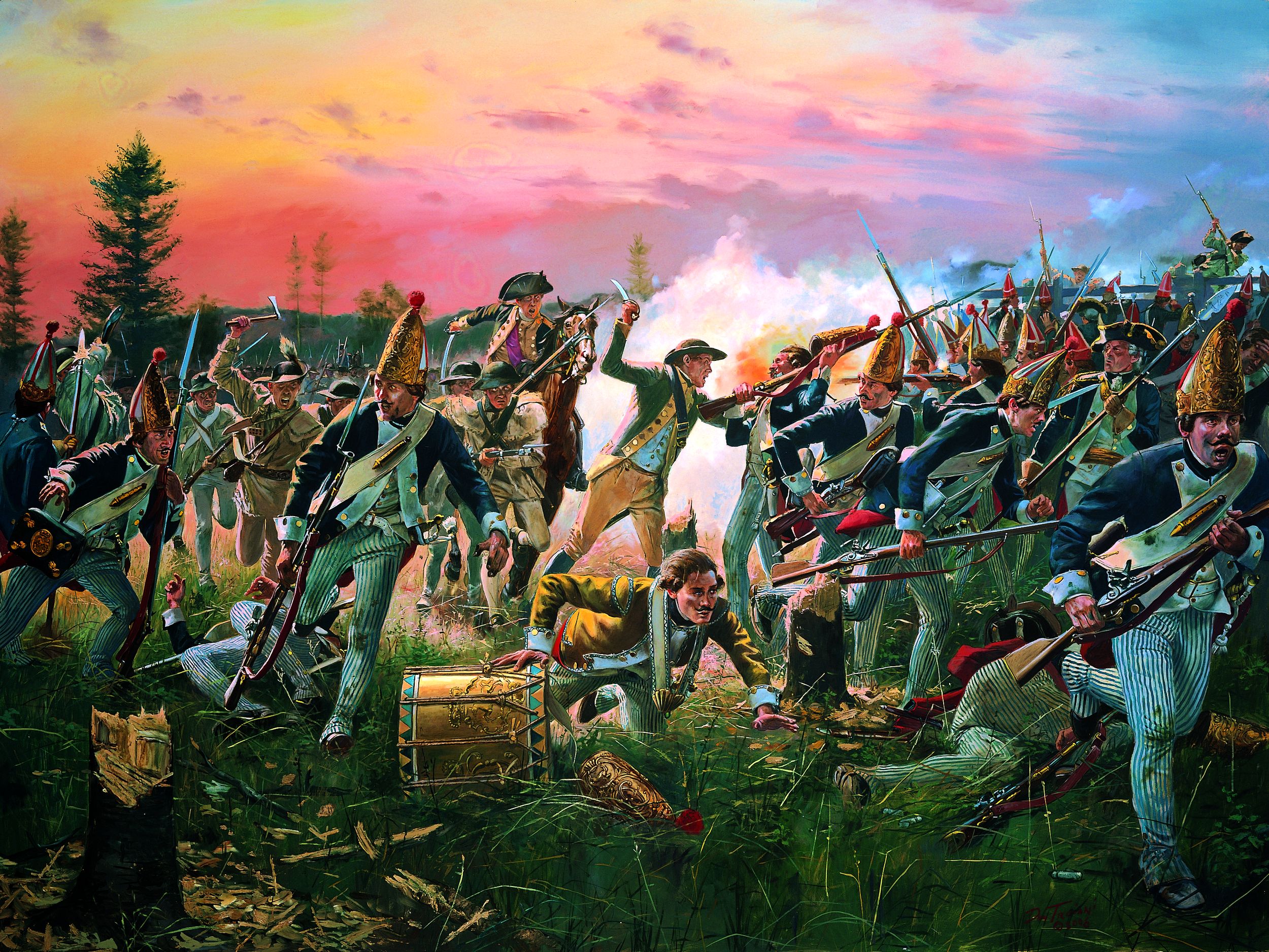

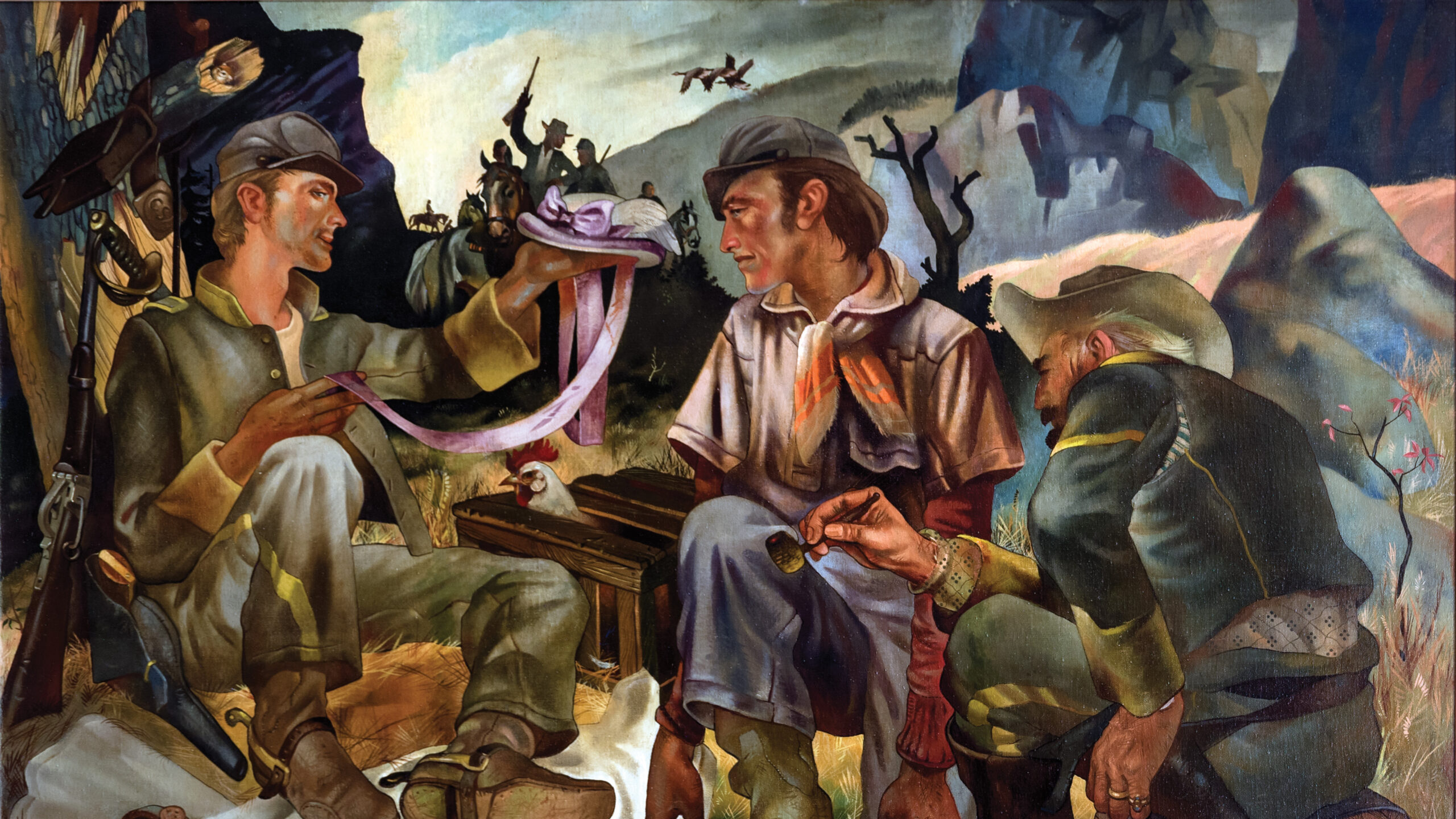

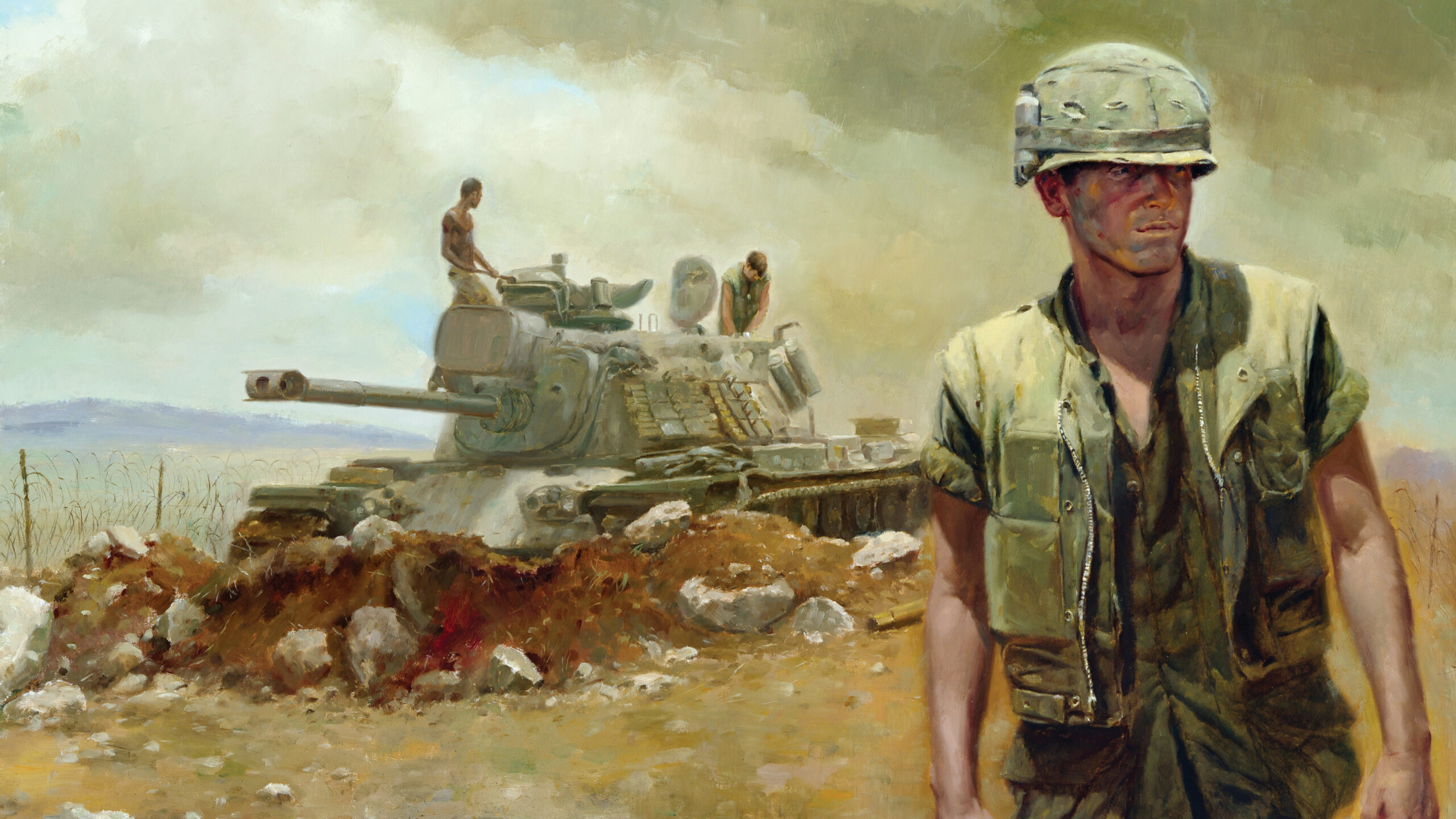
Error in fact: British troops are NOT known as “Jocks.” Only Scottish troops, and the Black Watch (now amalgamated) was a Scottish regiment.